 |
  |
 |
  |
Kadamb's Suvarnotsav: Anchored by tradition, the impulse is to explore - Dr. S.D. Desai e-mail: sureshmrudula@gmail.com December 8, 2015 Kumudini Lakhia has remained a mugdha nayika of the form of Kathak she has evolved. Her Katha-k has retained its etymological meaning even as she has added nuances to it. Past the initial stages of virtuosity display, traditionally romantic narratives and stray explorations in themes relevant to the time, her choreography now, by 2015, when Kadamb Centre of Dance and Music is all set to celebrate Golden Jubilee with 'Suvarnotsav' (December 11, 12, 13), tells what beautiful is in temporal art - time-bound in its expressional mode and of this earth in sensory appeal. Slide show 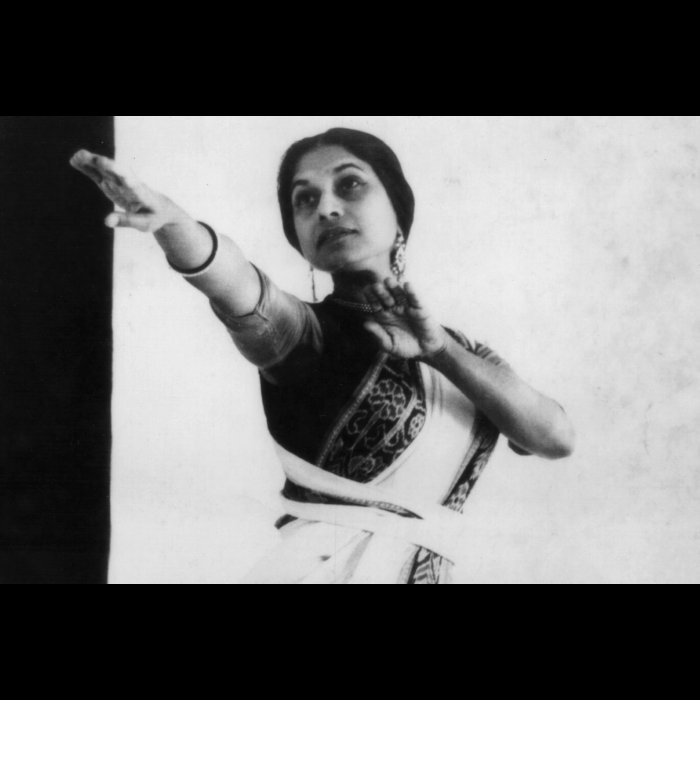

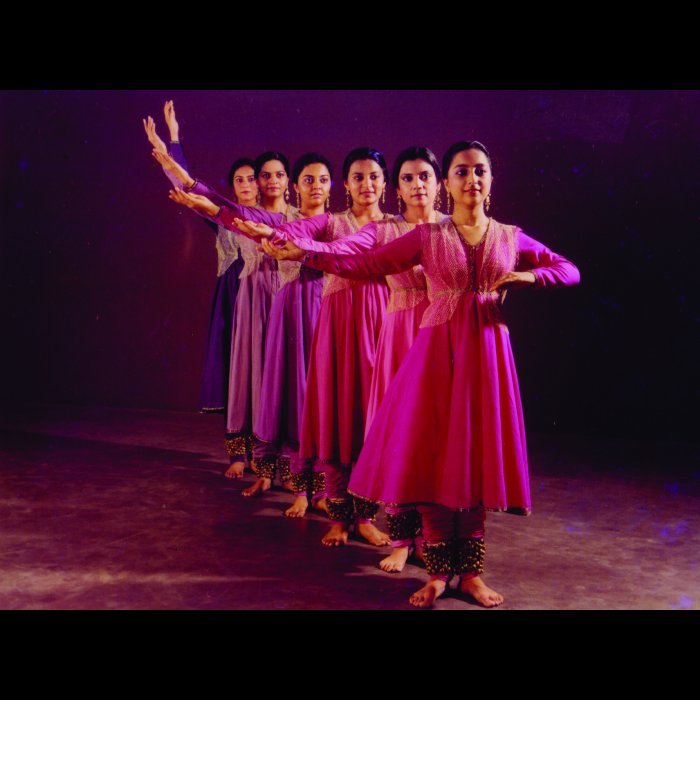
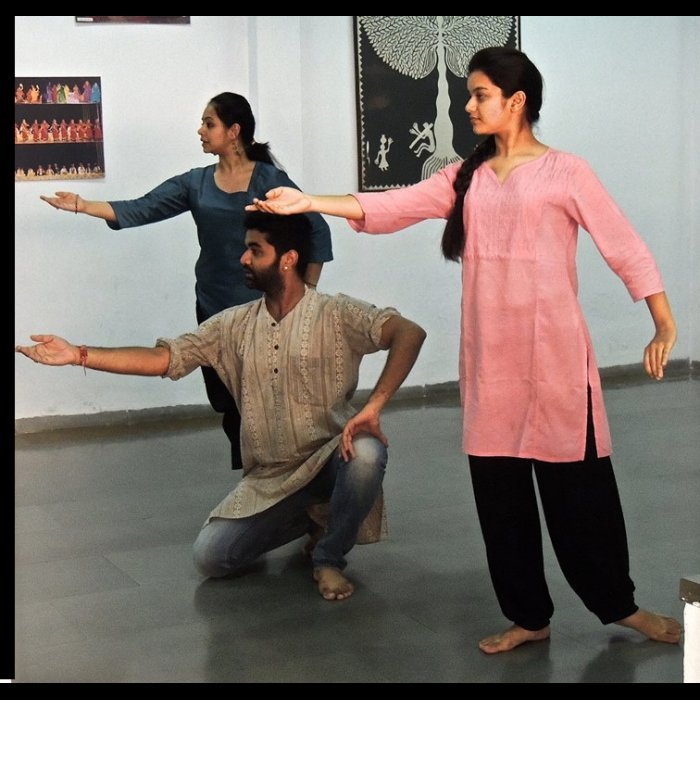

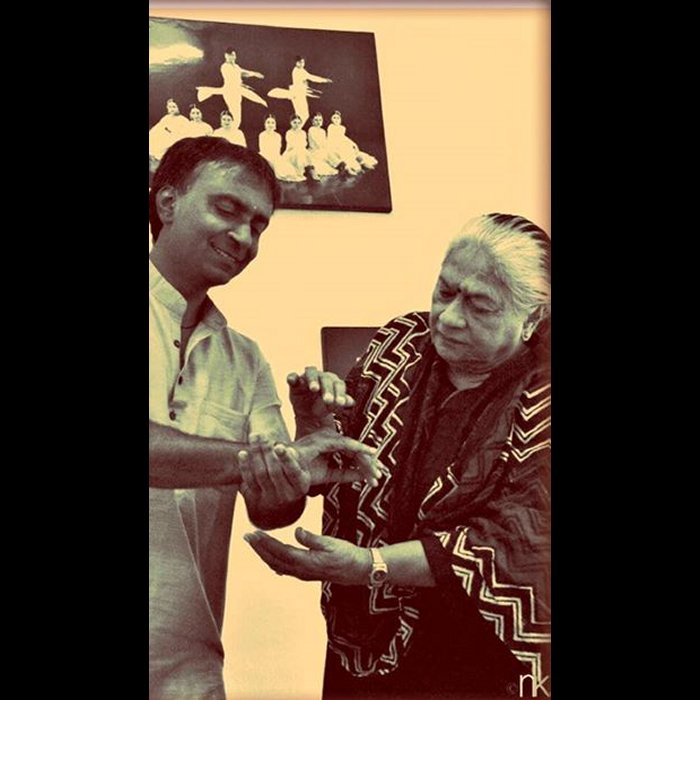
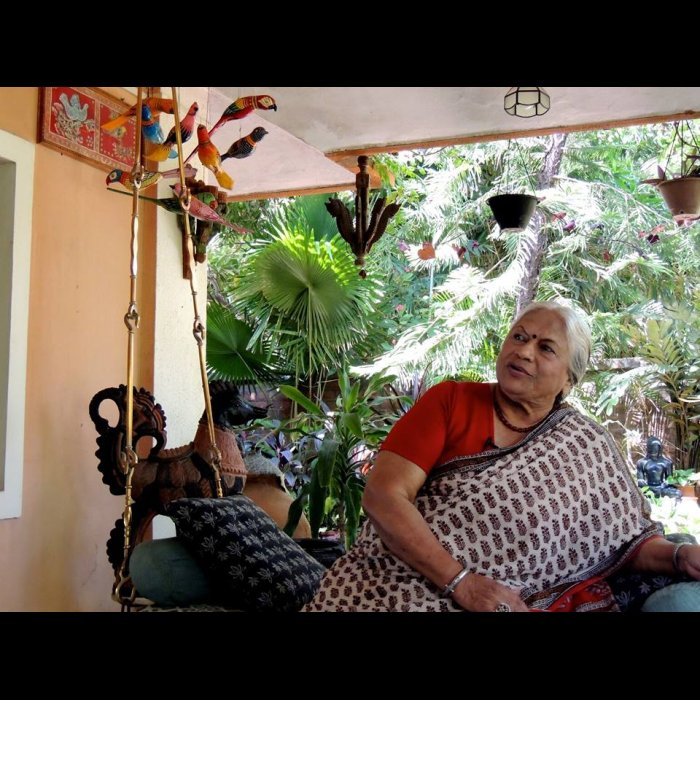
This is why whenever she is on phone saying, "These children at Kadamb are trying out something new. Come if you are free," despite being a non-dancer my heels and toes, fingers and ears feel pleasing vibrations. Kadamb always blooms. I can open any door to a tinkling room here and expect to be greeted with smiles. The 'children', like Kumiben, love to share their joy. Dance is a joy to the dancer as it is to a viewer. And I have felt the process of creation in art turning at times even more exciting and enlightening than watching a 'finished' performance in an auditorium. With the evolution of a thinking practitioner, an art form takes a perceptible step forward in its evolution. A happy point of departure in practice for Kumudini Lakhia even as she remained rooted in Kathak's rich tradition was when she found story-telling a bit clichéd in its format and something of a hindrance to a free spirit of artistic exploration. Her first departure was more of a rendezvous when she turned to the then contemporary themes - as in 'The Peg' and 'Setu' (1989) - for a short while. A creatively more significant turning point came when she took 'the road less travelled by' and 'that made all the difference.' She was now on an endless journey in the realm of the abstract, which though nonspecific in theme has two clear dimensions of sight and sound. Whether in individual or group choreography, the body of a single dancer or of two and more dancers assumes lines and shapes engagingly, rather fascinatingly, in space in all directions including the ones upward. Costumes, minimalist aharya, and light designs help the lines and shapes in flowing movement, like lightning now seen now gone. Faces in a neutral mode glow and ooze an aesthetic delight. All this gets heightened with delectable musical strains and rhythms. No visible linear happenings for a viewer looking for a 'comprehensible' narrative with aspects having an appeal to the eye and the ear enhancing the pleasure of comprehension. What comes across aurally and visually to the rasika is the luxuriance of an aesthetic experience. It catches imagination and touches the sixth sense, stirring one within. The richer the sensibility, the greater the possibility of a creative interpretation by the rasika who sees a structure in the abstract presentation and perceives a gleaming connotative grandeur in it. An artist's is a pursuit of beauty and the ananda gained during it is shared through the respective medium from time to time. Kumudini's stress has all along been on originality. "Don't be a Xerox copy," I have often heard her tell her disciples. A free creative spirit of the dancer always seems growing at Kadamb. It remains anchored by the traditional essence and yet individual dancers across the country and beyond keep exploring varying directions. Without inhibitions, they let themselves go now with Sufism now a purely contemporary impulse, juxtapose Kathak with the western dance and/or music, get innovative with lights, music, rhythm and movement, or give a modernist touch to a creation with intellectual inputs, respond to a meditative mood or flow with classical/semi-classical music. Kumudini Lakhia and her disciples, those currently at Kadamb and those others who have spread out, have over the years created an identifiable gharana. A reassuring thing about this young-looking octogenarian director of Kadamb has been that she has had a sparkling galaxy of Kathak teachers to take the Kadamb tradition forward. Dr. S.D. Desai, a professor of English, has been a Performing Arts Critic for many years. Among the dance journals he has contributed to are Narthaki, Sruti, Nartanam and Attendance. He guest-edited Attendance 2013 Special Issue. His books have been published by Gujarat Sahitya Academy, Oxford University Press and Rupa. After 30 years with a national English daily, he is now a freelance art writer. Post your comments Please provide your name and email id along with your comment. All appropriate comments posted with name and email id in the blog will also be featured in the site. |